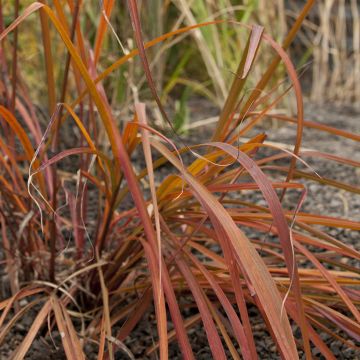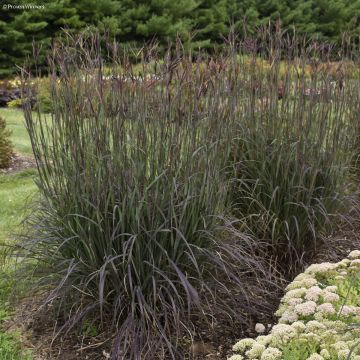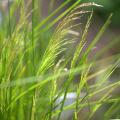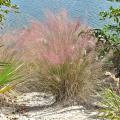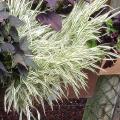Andropogon
Would this plant suit my garden? Set up your Plantfit profile →
Available in 1 sizes
Available in 1 sizes
Available in 1 sizes
Available in 2 sizes
Available in 2 sizes
The Andropogon is a perennial grass from the family of Poaceae, similar to Pennisetum, Stipa, Miscanthus, and other Panicum virgatum.
Native to the dry prairies of North America, it is found from Canada to Mexico, often in sandy and poor soils, which earned it the common name of "sand beard". Of the hundred species in the genus Andropogon, only the species and cultivars derived from Andropogon gerardii, Andropogon hallii, and Andropogon virginnii are cultivated for ornamental purposes.
They are loved for their autumn foliage's beautiful colour and delicate flowering. The Andropogon is a medium-sized grass which forms clumps of 80 cm (32in) to 1.20 m (4ft) in height when in bloom. It is a non-invasive plant, very hardy, with low watering needs and is adapted to poor, sandy or rocky soils, even limestone. Like all grasses, it brings lightness and height to flower and low bush beds.
Haven't found what you were looking for?






































